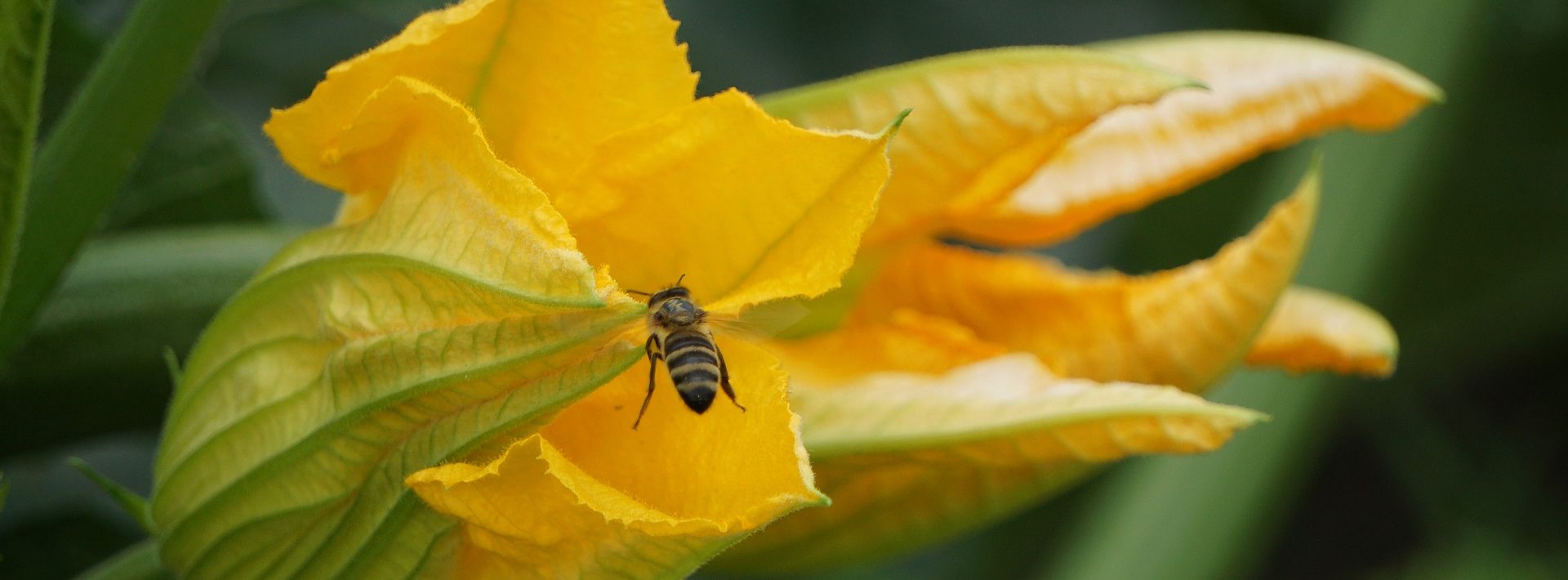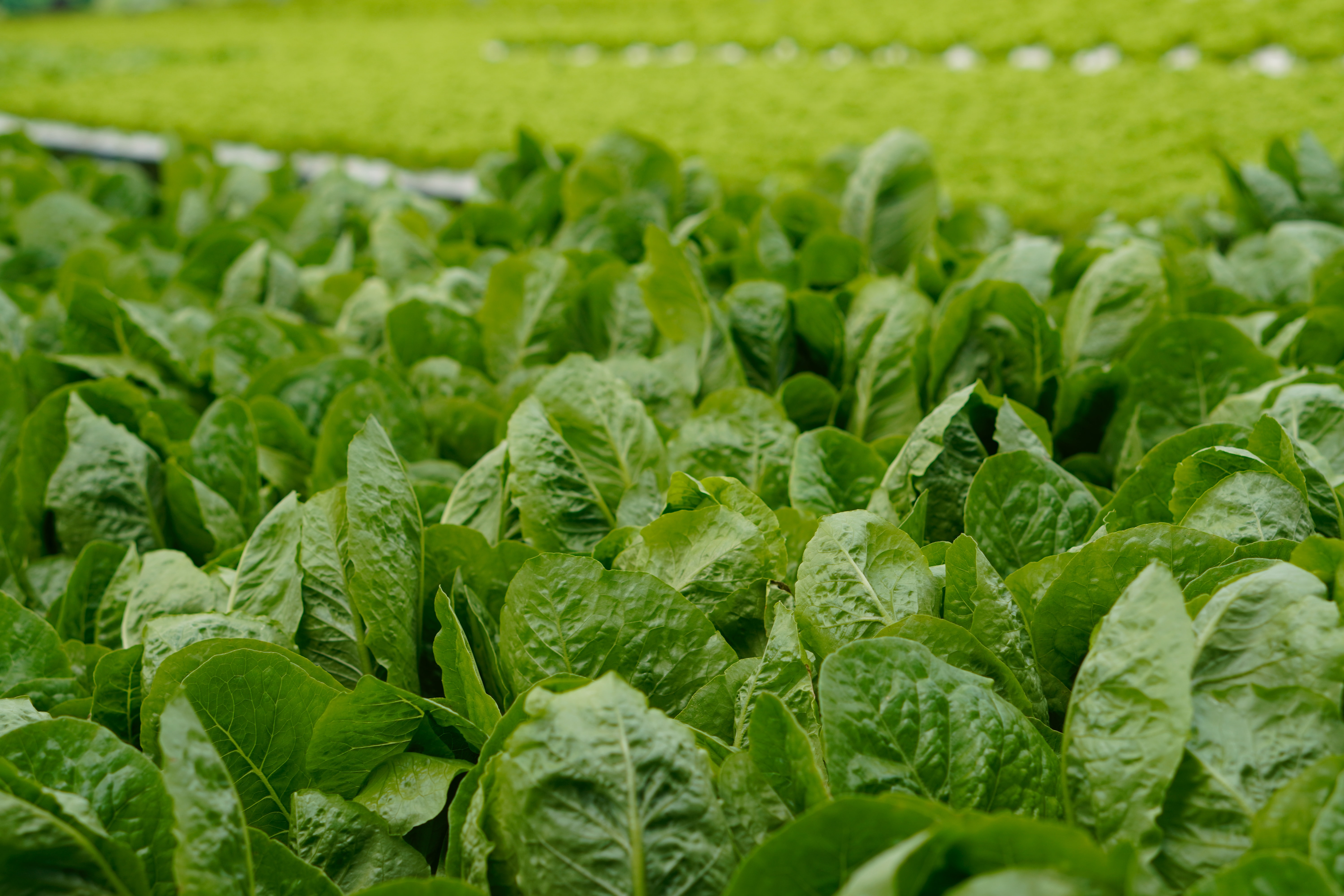
Beetroot “Red Globe”



In August you may notice the days getting longer and the ground is just a little warmer. It’s a sign that spring is not too far off and it’s time to start planning what vegetables and herbs to grow.
The warm weather and longer days gives us many options of vegetables and herbs to grow in spring. However, it’s important to plan so you can grow your seedlings while the weather is just warm enough and they can thrive before it gets too hot.
As Australia’s climate is quite diverse it’s essential to consider the climate where you live to know what vegetables and herbs to grow and when to plant.
We’ve listed some general suggestions below for warmer and cooler regions in Australia. However, you may also want to research specific advice for your unique microclimate.
In warmer regions that don’t experience frosts or have frosts only occasionally you should be able to grow most vegetables and herbs below.
In cooler regions where temperatures may stay low for longer periods of time we suggest the vegetables and herbs below.
Support climbing plants with stakes. Many summer vegetables grow tall and require support, such as tomatoes and cucumbers. This helps to avoid pests and diseases by keeping its leaves away from the soil and also allowing for better air circulation. Check out our other blog post to learn 4 simple ways to support tomato plants.
Sow seeds early indoors or in a greenhouse. In cooler regions you can extend your harvest sowing seeds in seed trays and growing your seedlings in a greenhouse or indoors even before spring starts. You can then transplant them to your veggie patch once the soil is warm enough.
Remember to water more frequently. How much you should water will depend on rainfall, humidity, and what you’re growing. But it’s especially important to water more frequently during warmer weather as the soil dries faster and some plants, such as tomatoes, can be very sensitive to inconsistent watering. In very hot weather, you may need to water daily, preferably in the morning.
Protect your plants from excessive heat. During very hot days it can be helpful to provide some shade for sensitive plants. You can provide shade by planting them strategically in an area that is naturally protected during the middle of the day or with a shade cloth.
Add a protective layer of mulch. Mulch will help retain moisture and keep the ground temperature stable during warm days. Certain types of mulch will also help suppress weeds and provide some nutrient back to the soil. Check out our blog post What is the best mulch for your garden to learn more.
Keep your soil nourished. Many vegetables grown during the warm season are nutrient hungry, so be sure to apply a layer of compost before planting and fertilise through the season so your plants can thrive. To learn more, check out our blog post How to Compost at Home for Beginners.
Watch out for pests. Don’t let pests destroy your hard-work. It’s always easier to manage pests early on than when they’ve taken over your crop. So make sure you’re checking regularly and taking appropriate action.

One of the wonderful things about gardening in Australia is that you can keep many vegetables and herbs growing through the winter. You’ll just need to consider your local climate in choosing what to grow and how to protect your plants from the cold.
There are many excellent websites out there that offer winter gardening suggestions by state and region. Others break down Australian planting zones in even more detail, considering specific heat zones, rainfall, and light levels.
These are a great starting point, though conditions can vary significantly within a single climate zone due to altitude and other factors. Your garden might even grow differently than your neighbour’s! This is because the placement and layout of each garden can create a unique microclimate. You can even control your garden’s microclimates to some degree.
So, we’re basing our suggestions on average temperatures and weather trends for warmer and cooler climate zones of Australia. Then, we’ve included special tips for each region to help you adapt to your own garden’s conditions.
If you live in the temperate, subtropical, or tropical regions of Australia, many vegetables and herbs will still thrive in your garden during winter. You can even sow and plant in the winter months thanks to the warmer soil temperatures. When nights drop below 10C, the warmer, sunnier days will keep soil temperatures high enough that your seedlings will survive.
Here are just some of the many vegetables and herbs that should grow well for you in winter.
If winter temperatures in your region are in the low to mid teens, sowing and planting will be riskier. With overnight temperatures dropping below 10C and soil temperatures hovering around 15C, new seedlings might struggle to make it to spring.
Still, it’s safe to go ahead and lift, divide, and replant hardy perennials like asparagus, globe artichokes, horseradish, and rhubarb. Beyond that, we recommend maintaining and harvesting vegetables and herbs that are still producing. The good news is that there are plenty of these if you’ve planned ahead:
We encourage you to experiment! With each passing season, you’ll get to know what your garden is capable of better than anyone else.
Look for those microclimates that already exist in your garden and work from there. If you live in a cold region but get excellent sunlight, for example, work toward improving insulation and protecting your gardens from wind. You may get some great seedling growth just in time for spring.
Let us know what you’re growing this winter by leaving a comment below!